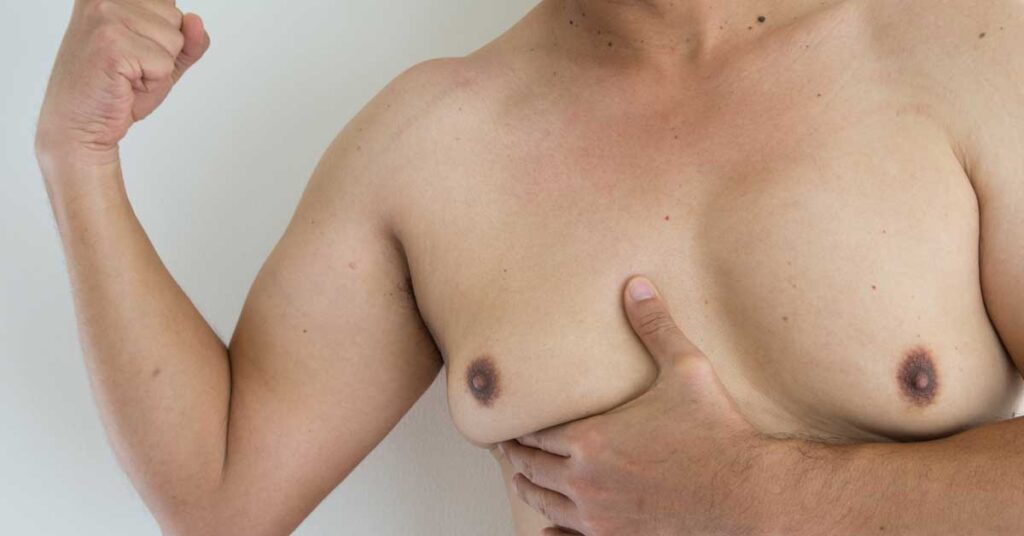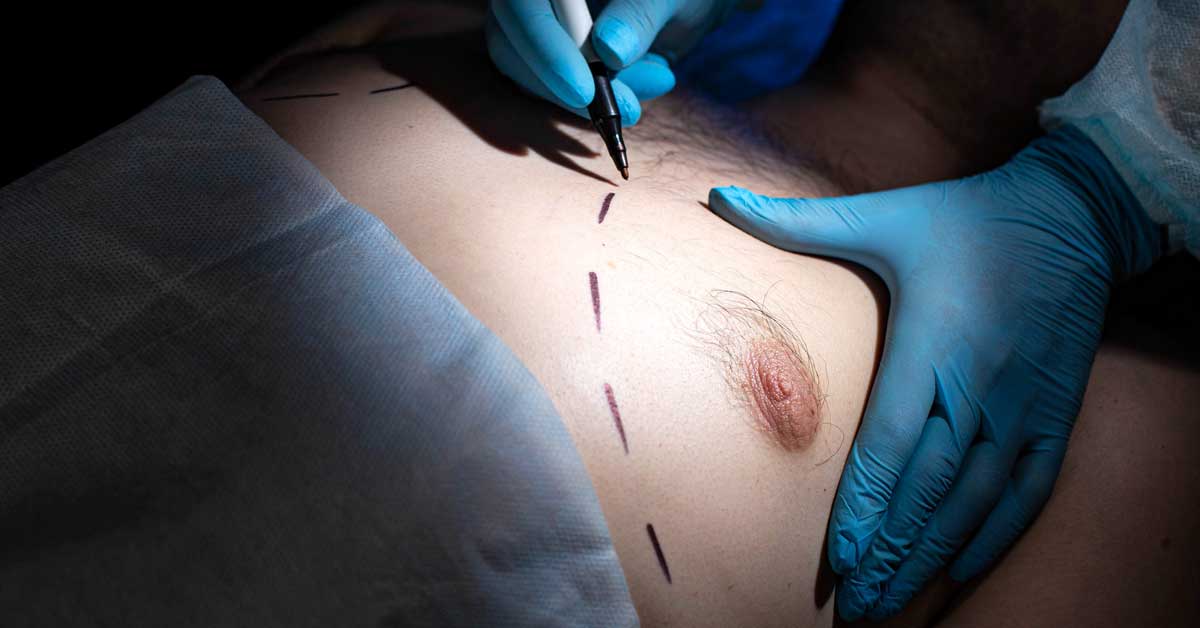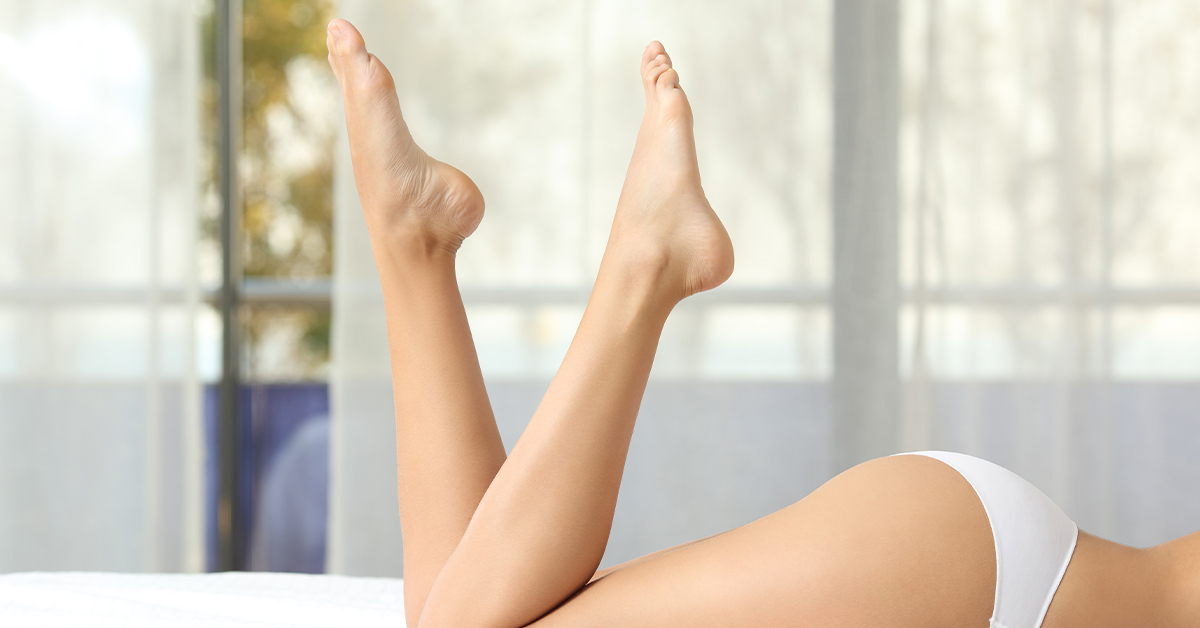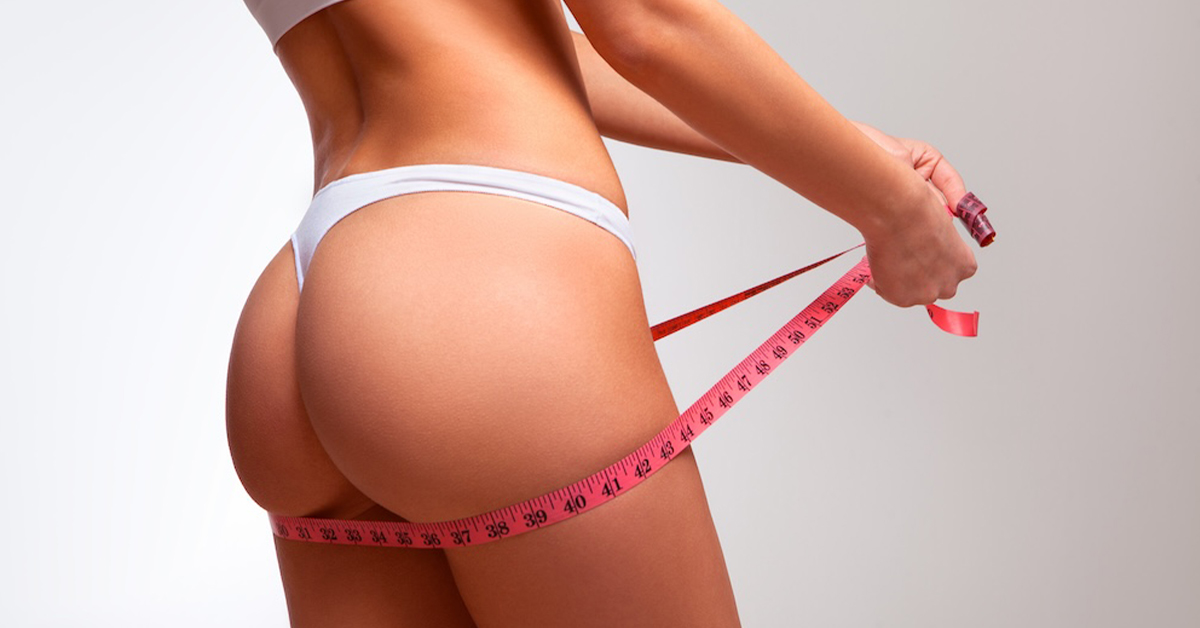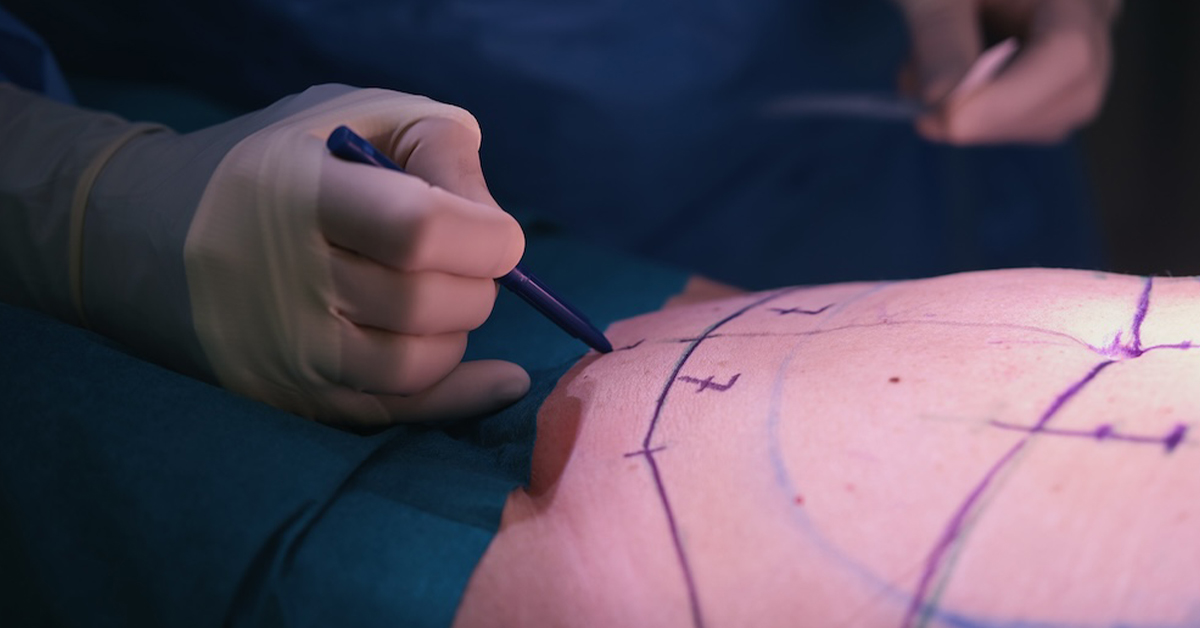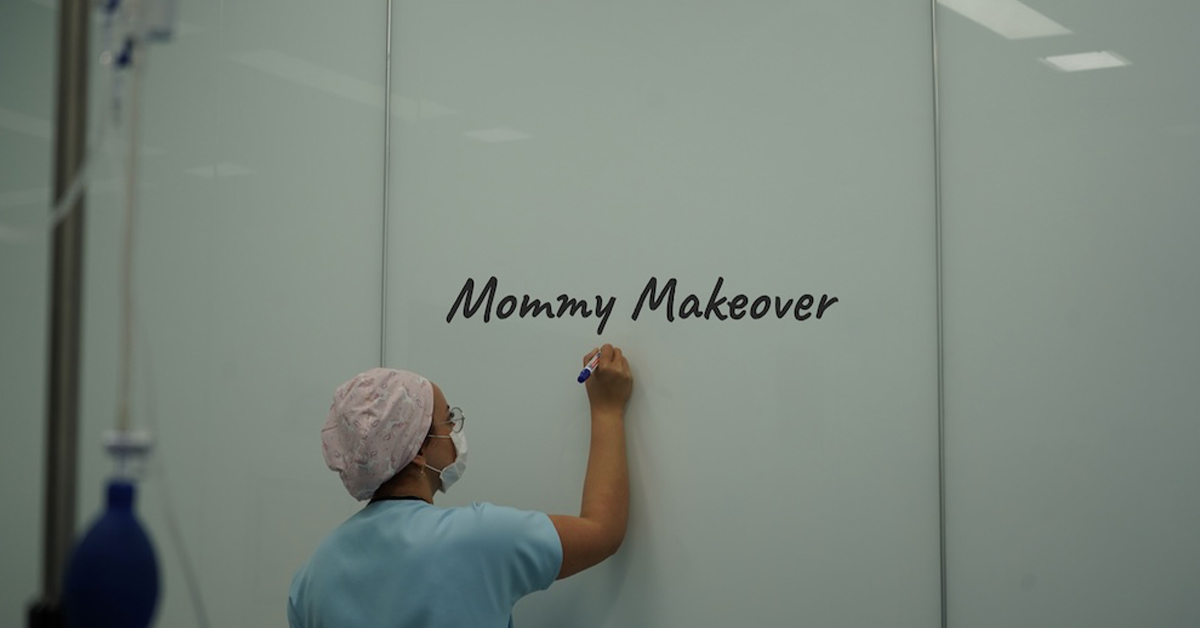Puffy Nipples No More: How to Get Rid of Puffy Nipples in Men?
Puffy nipples in men, a condition often associated with Gynecomastia, can be a source of discomfort and self-consciousness for many. This aesthetic concern, characterized by the localized accumulation of glandular tissue and fat in the nipple area, leads to a protruding or puffy appearance that many find distressing.
The causes of puffy nipples in men vary, ranging from hormonal imbalances to obesity, and even certain medications can contribute to this condition. Fortunately, advancements in medical science have introduced several effective treatments that promise to address this issue, helping men regain their confidence and achieve a more contoured chest.
Surgical intervention, specifically Gynecomastia surgery, is considered the most definitive approach to eliminating puffy nipples. This procedure involves the removal of excess glandular tissue and fat, resulting in a flatter, more masculine chest contour.
For those seeking non-surgical alternatives, a combination of lifestyle modifications, hormone therapy, and targeted exercise routines can also provide noticeable improvements. As awareness of this condition grows, so does the range of available treatments, offering hope and solutions to those affected by puffy nipples.
This article delves into the various methods to combat puffy nipples in men, providing insights into the benefits and considerations of each approach.
Key Highlights
-
Puffy nipples in men can be caused by enlarged breast glands, low testosterone levels, or excess fat.
-
Targeted exercise, such as chest exercises, can help reduce puffiness by toning and strengthening the pectoral and chest muscles.
-
Dietary changes, like a low-fat diet and increased intake of testosterone-rich foods, can help correct hormonal imbalances and reduce nipple puffiness.
-
Herbal supplements like tribulus terrestris and fenugreek may boost testosterone levels, but more research is needed.
-
Surgical options, such as liposuction and mastectomy, may be necessary for severe cases or when non-surgical approaches are ineffective.
Herbal Supplements and Surgical Procedures for Puffy Nipples
When it comes to addressing puffy nipples, herbal supplements and surgical procedures are potential options to consider. However, it is important to approach these treatments with caution and consult a doctor before proceeding.
Herbal Supplements for Puffy Nipples
There are several herbal supplements that are believed to boost testosterone levels and potentially reduce puffy nipples. These include:
-
Tribulus Terrestris: This herb is commonly used in traditional medicine and is believed to promote testosterone production in the body.
-
Fenugreek: Fenugreek has been associated with increased testosterone levels and may have a positive impact on reducing the appearance of puffy nipples.
-
Ginger: Ginger is known for its anti-inflammatory properties and may help alleviate symptoms associated with puffy nipples.
-
Ashwagandha: Ashwagandha is an adaptogenic herb that may support hormone balance.
While some anecdotal reports suggest the effectiveness of other herbs like turmeric, dandelion, milk thistle, passionflower, red clover, and devil’s claw, further research is needed to establish their efficacy in treating puffy nipples.
It is crucial to consult with a doctor before taking any herbal supplements, as they have the potential to interact with other medications and may cause side effects. A healthcare professional can provide personalized guidance based on your specific needs and medical history.
Surgical Procedures for Puffy Nipples
In severe cases of gynecomastia or when diet and exercise are not effective, surgical procedures may be necessary to address puffy nipples. Some common surgical options include:
-
Liposuction: Liposuction involves removing excess fat from the chest area to reduce the appearance of puffy nipples. This procedure can be performed through small incisions using a suction technique.
-
Mastectomy: A mastectomy involves removing glandular breast tissue to achieve a flatter and more masculine chest contour.
-
Non-invasive Fat Reduction: Non-invasive fat reduction procedures, such as cryolipolysis (fat freezing) or laser treatments, can target and eliminate stubborn fat cells in the chest area.
-
Tissue Excision: In cases where there is a significant amount of glandular tissue, surgical excision may be required to remove the excess tissue and restore a more natural chest appearance.
The choice of surgical procedure will depend on the individual’s specific condition and should be discussed with a qualified healthcare professional specializing in male breast reduction. They will be able to provide guidance on the most suitable approach for achieving the desired results.
Targeted Exercise for Puffy Nipples Reduction
Reduce the appearance of puffy nipples with targeted exercise, focusing on chest exercises that strengthen your pectoral muscles. By incorporating these exercises into your workout routine, you can tone and contour your chest for a more confident and masculine appearance.
Popular chest exercises:
-
Dips
-
Overhead presses
-
Cable crossovers
-
Pushups
-
Flies
-
Bench presses
-
Cable flies
Create a customized chest workout plan that includes a variety of these exercises. Aim for at least a 20-minute workout two to three times a week. Gradually increase the number of sets and repetitions as you progress to challenge your muscles and promote growth.
In addition to chest exercises, incorporating cardiovascular exercises into your routine can help burn excess fat and build overall muscle strength. Activities like rowing or swimming engage the entire body, including the chest muscles, for a comprehensive workout.
The Importance of Consistency
Consistency is key when it comes to exercise. Make sure to follow your workout plan consistently to see optimal results. Track your progress and make adjustments as needed to continue challenging your muscles and achieving your goals.
| Exercise | Sets | Repetitions |
|---|---|---|
| Dips | 3 | 12-15 |
| Overhead Presses | 3 | 10-12 |
| Cable Crossovers | 3 | 10-12 |
| Pushups | 3 | 12-15 |
| Flies | 3 | 10-12 |
| Bench Presses | 3 | 10-12 |
| Cable Flies | 3 | 10-12 |
Dietary Changes for Puffy Nipples Reduction
Making dietary changes can play a significant role in reducing the appearance of puffy nipples. By adopting a low-fat diet and incorporating hormone-balancing foods into your meals, you can address the underlying hormonal imbalances that contribute to this condition.
A low-fat diet should prioritize the consumption of fruits, vegetables, lean proteins, and whole grains. These nutritious foods not only help reduce excess body fat but also aid in regulating hormone levels, contributing to a more balanced physique.
Testosterone-rich foods such as garlic, tuna, low-fat milk, beans, blueberries, oysters, shellfish, beef, cruciferous vegetables, and macadamia nuts can promote hormonal balance and support the reduction of puffy nipples.
On the other hand, it is advisable to avoid heavily processed foods, soy products, and grains, as they can contribute to increased estrogen levels, exacerbating the appearance of puffy nipples.
Consulting a healthcare professional or nutritionist can provide personalized dietary recommendations to address any specific hormone imbalances and optimize the effectiveness of your dietary changes in reducing puffy nipples.
Conclusion
Puffy nipples can be a source of self-consciousness and may indicate Gynecomastia, a condition characterized by enlarged breast tissue in men. While non-surgical approaches like targeted exercise and dietary changes can help reduce the appearance of puffy nipples, some individuals may require surgery for a permanent solution.
Gynecomastia surgery, such as liposuction and tissue excision, can effectively decrease glandular tissue and fat in the chest area, resulting in a more contoured and masculine appearance. However, the cost of gynecomastia surgery can vary depending on the specific procedures needed and insurance coverage.
Aftercare is crucial for a smooth recovery and optimal outcomes. It is important to rest and follow the doctor’s instructions diligently. Consulting with a qualified surgeon is essential to address individual concerns, explore treatment options, and understand the expected outcomes.
Frequently Asked Questions
Puffy nipples in men can be caused by hormonal imbalances, obesity, certain medications, and conditions like Gynecomastia, which is characterized by the localized accumulation of glandular tissue and fat in the nipple area.
Yes, there are non-surgical options that include targeted exercise routines focusing on chest exercises, dietary changes to correct hormonal imbalances, and potentially, the use of herbal supplements like tribulus terrestris and fenugreek, although more research is needed on their effectiveness.
Effective exercises include dips, overhead presses, cable crossovers, pushups, flies, bench presses, and cable flies. These exercises target the pectoral muscles, helping to tone and strengthen the chest area.
The permanence of treatment results depends on the underlying cause of the puffy nipples and the chosen treatment method. Surgical removal of glandular tissue and fat offers a more permanent solution, while non-surgical approaches may require ongoing effort to maintain results.
The choice between surgical and non-surgical treatments depends on the severity of the condition, personal preferences, and lifestyle factors. Consulting with a healthcare professional specializing in male breast reduction can help determine the most suitable approach for achieving desired results.
Schedule a Gynecomastia Surgery Consultation in Miami, FL
Kickstart your journey towards Gynecomastia Surgery in Miami, FL by arranging a consultation with our team. In this session, we’ll delve into your aspirations, assess your specific situation, and craft a tailored treatment strategy for you.
For further details or to set up a consultation, reach out to us at (305) 406-9055 or easily schedule online today.

